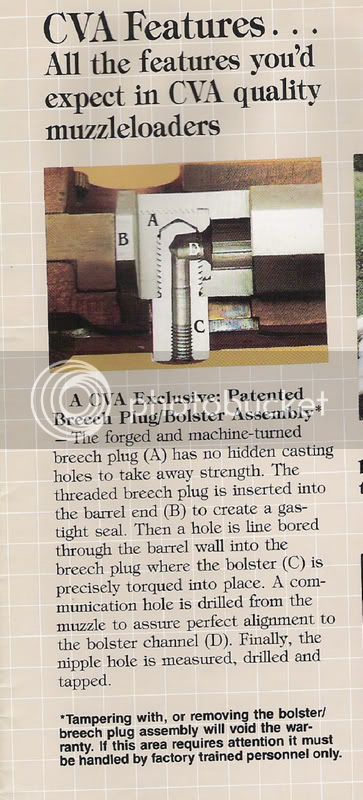Morse said:
...
Generally, I run a dry patch after each shot and continue shooting. If the residue gets real heavy, maybe after 10 shots or so, I'll patch with bore butter followed by dry patches and a cap, and continue shooting.
Probably the worst thing that can be done between shots is running a dry patch down a fouled bore. The only thing that is worse is to pump it up and down after you've got the patch into the barrel.
Doing that (assuming the dry patch doesn't get stuck) is almost guaranteed to knock fouling off of the bore and then blow it down into the flame channel between the bore and the nipple.
It almost guarantees a misfire.
The next time you go shooting, when you decide to wipe the bore, try this method:
1. Wet a clean patch and pinch out any excess water. You want the patch to be very damp but not dripping wet.
2. Place the damp patch on the muzzle and using the cleaning jag on a ramrod or range rod run the patch at a medium speed down the bore until it hits the breech plug.
3. Let it sit there for the count of 10 and then slowly, pull the ramrod/range rod/jag/patch back up out of the bore.
4. Run a clean patch down to the breech in one stroke and then remove it.
Your gun should now be ready to be loaded for the next shot.
The reason for all of this is you don't want a dripping wet patch. That will leave too much water in the bore.
The one downward stroke with the damp patch is intended to moisten the fouling that is on the walls of the bore.
Letting the damp patch sit at the bottom of the bore allows the fouling on the barrel walls to soften.
Pulling the damp patch back up the bore will wipe off almost all of the soften fouling in one stroke.
Running the dry patch removes any wetness that may remain behind because you just pulled a damp patch up thru the bore.





